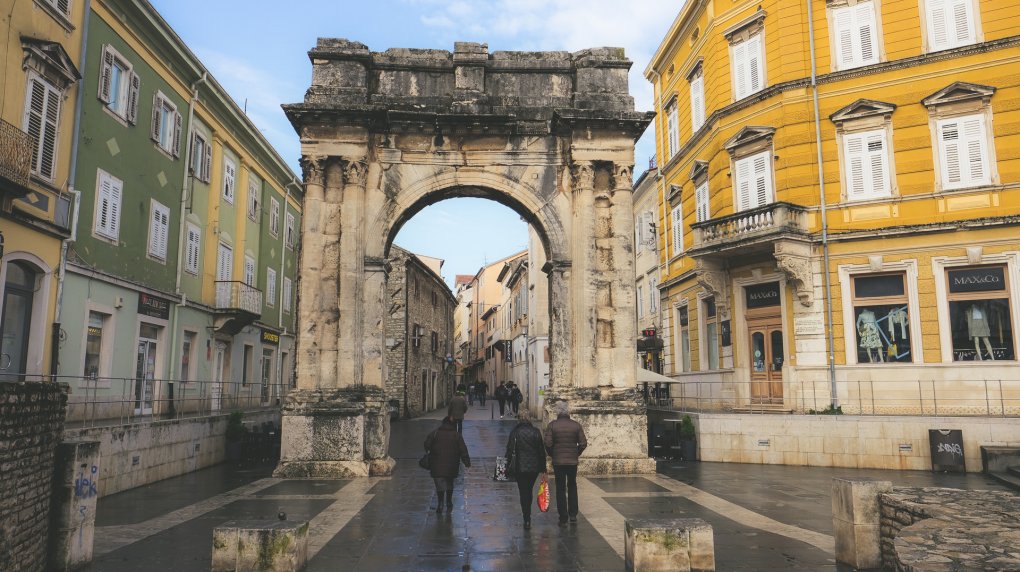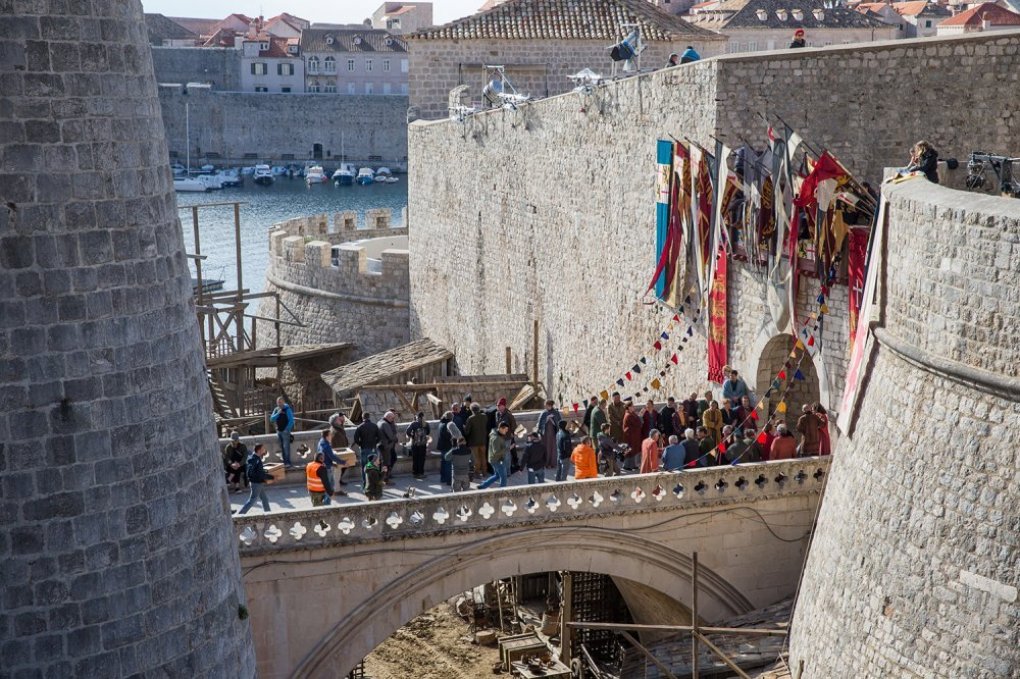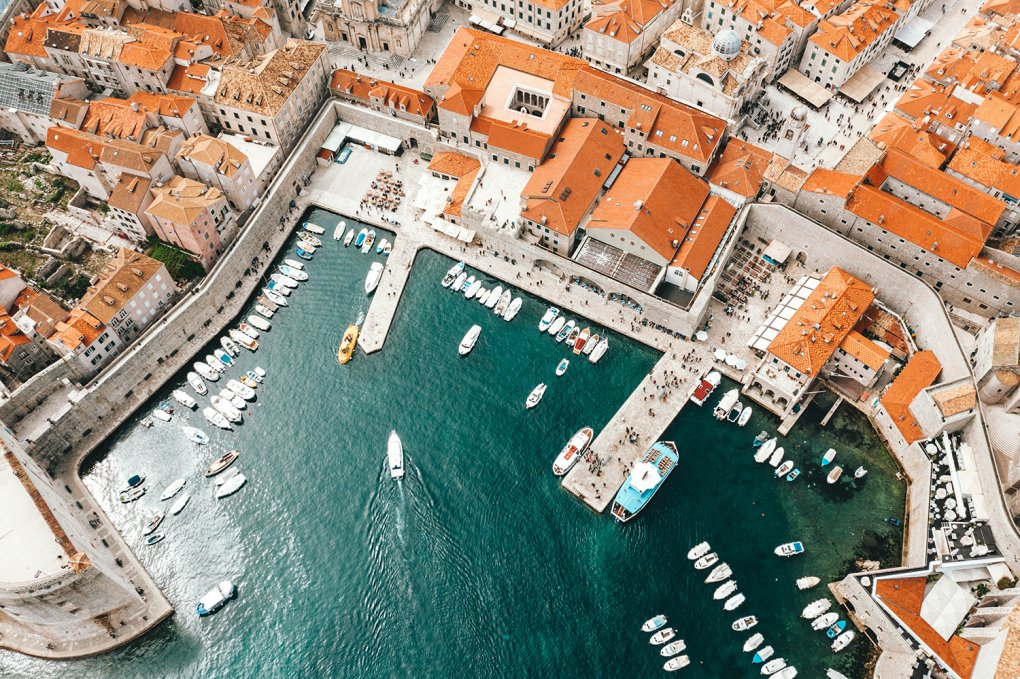DEAR READERS!






 2021-03-30 08:51:57
2021-03-30 08:51:57 Alma Drnovac
Alma Drnovac
1. The Republic of Ragusa (1358 – 1808), or Republic of Dubrovnik, was a maritime republic located in the area of the present day Old Town of Dubrovnik (Ragusa in Italian and Latin). It reached its commercial peak in the 15th and the 16th centuries, under the protection of the Ottoman Empire, before being conquered by Napoleon's French Empire in 1808. It had a population of about 30,000 people, of whom 5,000 lived within the city walls. It had the motto Non bene pro toto libertas venditur auro (Latin for "Liberty is not well sold for all the gold")
2. One of the most famous monuments of Dubrovnik is the Town Walls. The walls were built during the period of five centuries in order to provide the strong and unbreakable defence of the city. Encompassing the whole town and facing all the world directions they are two kilometres long and up to 25 meters high. The Town Walls acquired their present day appearance in the 15th and 16th century, and various travel portals included them as one of the most astonishing places to visit before you die.
3. Believe it or not, the Dubrovnik Cathedral was largely built with donations from an English king, more precisely, Richard the Lionheart. When he was returning from the Third Crusade back in 1192, a terrible storm caught him near the island of Lokrum. As he did not see a way out, he began to pray and promised the Almighty that if he saved him, he would build a monumental cathedral on the place where he would next touch the ground. He thus reached Lokrum, but in a conversation with the citizens of that time, it was concluded that the cathedral should be built in the city, and on Lokrum the citizens of Dubrovnik themselves would build a church. That's exactly what happened, so the people of Dubrovnik received a valuable royal donation and built a cathedral.
4. Dubrovnik is also home to the oldest pharmacy in constant use in Europe and one of the oldest in the world. It is housed in a Franciscan monastery and has been in operation since 1317. The monks at that time began making medical preparations, which they then sold to the local population. Most of them were herbal based and were believed to help treat headaches, insomnia and similar things. The pharmacy still works today, and although it sells "modern" medicines, you can still find those made according to the recipes of wise monks…
5. Dubrovnik passed a decree for abolishing slavery and banning the transport of slaves on January 27th 1416, making it the first ban on slavery in Europe.
6. The naval fleet of the Republic of Dubrovnik in the 16th century had about 40,000 sailors and more than 180 large ships, it was among the strongest in the Mediterranean.
7. In the works of William Shakespeare, "The Merchant of Venice" and "The Taming of the Shrew", the term "argosy" meaning "Dubrovnik ship" appears.
8. Dubrovnik, as the centre of the former Republic of Dubrovnik, was especially famous and successful in two things: trade and diplomacy. Shortly after the Declaration of Independence in 1776, the Americans sought allies in European countries with whom they could establish trade and diplomatic relations, and one of the first countries with which they succeeded was the Republic of Dubrovnik.
9. The Dubrovnik river Ombla with its 30 m long watercourse is one of the shortest rivers in the world.
10. Irish writer George Bernard Shaw stated: "Those who seek paradise on earth should come and see Dubrovnik."